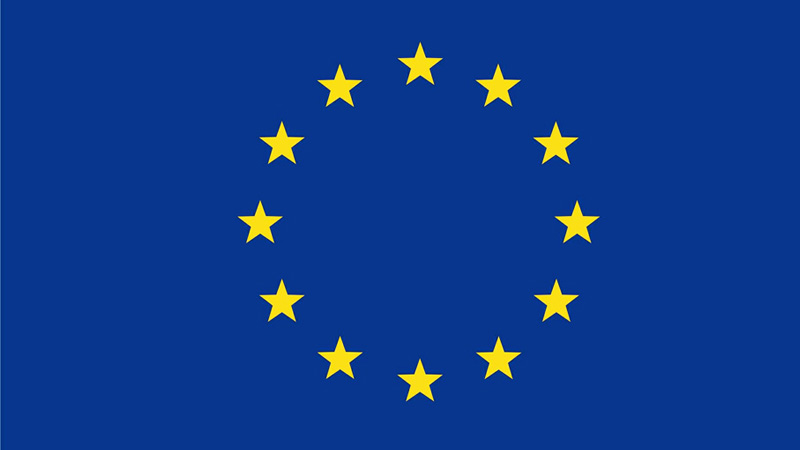The new specifications are the result of a review of the Best Available Techniques (BAT) Reference Document (BREF) for Waste Treatment. The review’s BAT conclusions were published in the Official Journal of the EU.
Beyond their importance for the European waste treatment sector, these BAT conclusions also play an important role in achieving EU environmental and waste management policy goals.
Waste management is an essential part of the EU’s transition to a circular economy and is based on the ‘waste hierarchy’ which sets the order of priority when shaping waste policy and managing waste at the operational level.
Best available techniques for treating waste
The BAT conclusions provide national authorities with the technical basis for setting permit conditions for installations.
While the main aim of these BAT conclusions is to reduce emissions from different waste treatments, other environmental issues – such as energy efficiency, resource efficiency (water consumption, reuse and recovery of materials), prevention of accidents, noise and odour, management of residues – are also covered.
The document contains 53 individual BAT conclusions. Of these, 24 apply to the sector as a whole and 29 apply to the most common waste treatments, including mechanical, biological and physico-chemical treatments and treatment of water-based liquid waste.
They also apply to temporary waste storage and independent waste water treatment plants whose main share of treated effluent originates in waste treatment installations.
BAT-associated emission levels
The BAT conclusions include BAT-associated emission levels (BAT-AELs) which have the potential, through their translation into emission limits, to drive a sizeable reduction in emissions from the waste treatment sector.
They include for the first time at EU level BAT-AELs for emissions to water and to air from mechanical treatments of waste (shredders) and from aerobic treatment of waste.
The existing waste treatment installations (i.e. first permitted before the publication of the BAT conclusions) have four years to comply with the new standards. New installations (i.e. first permitted after the publication of the BAT conclusions) need to comply immediately with the new requirements.
Emissions to air
For emissions to air, the BAT conclusions address a number of techniques such as enclosure of equipment or treatments to reduce the concentrations of pollutants emitted to air. BAT-AELs are set for dust, total volatile organic compounds, ammonia, hydrogen chloride, mercury, chlorofluorocarbons and odour.
Emissions to water
For emissions to water, the BAT conclusions focus on techniques to maximise water savings and optimise the use of water, including its recirculation and reuse, as well as segregation of waste water streams according to their pollutant content.
An appropriate combination of treatments also needs to be applied to reduce the concentrations of pollutants in the effluent.
BAT-AELs are set for total organic carbon, chemical oxygen demand, total suspended solids, hydrocarbon oil index, total nitrogen, total phosphorus, phenol index, free cyanide, absorbable organically bound halogens and metals and metalloids (e.g. arsenic, cadmium, chromium, copper, lead, nickel, mercury, zinc) in the final effluent for discharges to a receiving water body and to a sewage system.









